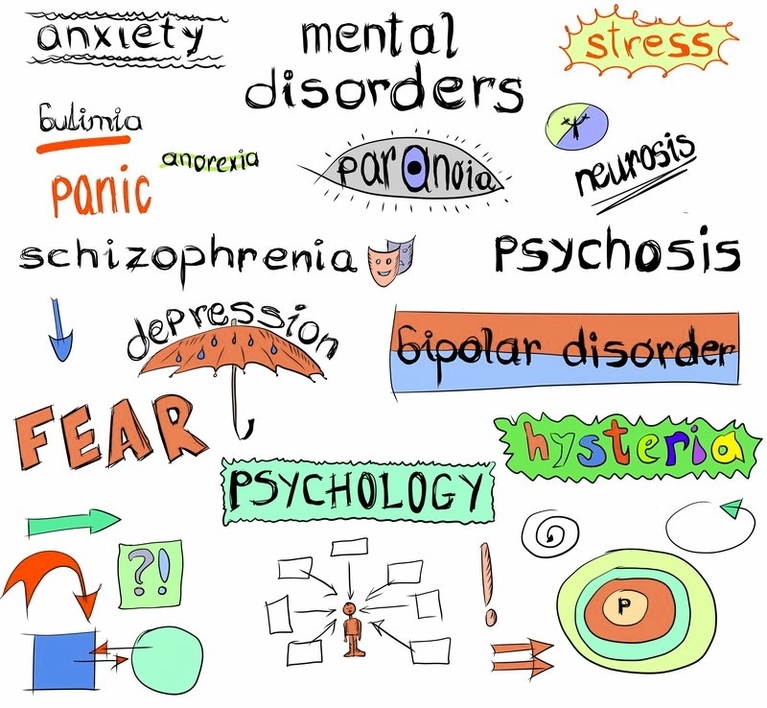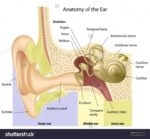Mental Health Disorders
Mental health disorders, also known as mental illnesses or mental health conditions, are characterized by significant disturbances in an individual’s cognition, emotional regulation, or behavior. These disorders can cause distress and have negative effects on personal, social, or work life.
Types of Mental Health Disorders
There are many different types of mental health disorders. Some of the most common ones include:
1. Anxiety Disorders: Characterized by disproportionately high levels of fear, anxiety, and avoidance in response to certain objects or situations. Examples include generalized anxiety disorder, panic disorder, separation anxiety disorder, specific phobias, and social anxiety disorder.
2. Mood Disorders: These affect your mood and involve sad, empty, or irritable moods along with physical and thought changes that affect your ability to function. Depression is a common mood disorder.
3. Substance Use Disorders: These involve the overuse or dependence on a drug or other substance leading to effects that are detrimental to the individual’s physical and mental health.
4. Schizophrenia: A severe mental disorder characterized by distortions in thinking, perception, emotions, language, sense of self, and behavior.
5. Obsessive-Compulsive Disorder (OCD): Characterized by unreasonable thoughts and fears (obsessions) that lead to compulsive behaviors.
6. Eating Disorders: These involve extreme emotions, attitudes, and behaviors involving weight and food.
7. Post-Traumatic Stress Disorder (PTSD): This can develop after a traumatic event, causing flashbacks, nightmares, and severe anxiety.
Diagnosis and Treatment
Mental health professionals diagnose these conditions using a handbook of symptoms called the Diagnostic and Statistical Manual of Mental Disorders, 5th edition (DSM-5). It’s important to note that only an experienced mental health professional can make a diagnosis.
Most mental health conditions are treatable, often through talk therapy (psychotherapy), medication, or both. Alternative therapies and brain stimulation therapy may also be considered.
Conclusion
Mental health disorders are a significant global concern, affecting a large portion of the population. Despite the challenges they pose, most mental health disorders can be effectively managed with appropriate treatment, enabling individuals to lead fulfilling lives. It’s crucial to seek help if you or someone you know is struggling with a mental health disorder. Remember, mental health is just as important as physical health.


